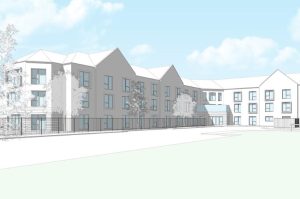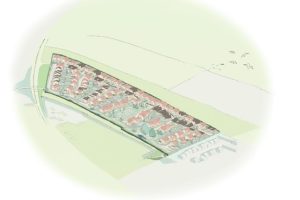Demand for industrial space ‘stalls’

THE manufacturing sector continued to drive take-up of industrial space in this year’s second quarter although demand for big sheds fell slightly, according to a new survey.
DTZ Research’s Property Times UK Industrial report, which covers the market for properties over 50,000 sq ft, suggests take-up levels fell from 6.9m sq ft in Q1 to 5.6m sq ft in Q2 in response to the unfolding Greek sovereign debt crisis with many occupiers putting decisions on hold.
The report revealed that market activity did return towards the end of the quarter as market fears of a disorderly default subsided. A large volume of take-up is expected for Q3 as pent up demand is satisfied, according to DTZ.
Favourable exchange rates have improved the competitiveness of UK-based manufacturing and Q2 saw a number of deals driven by business expansion in the sector.
As a result, the profile of occupiers changed considerably with fewer large distribution deals taking place and the manufacturing sector accounting for an increasing proportion of demand. During 2010 manufacturing accounted for 21% of take-up, this has increased dramatically during the first half of 2011 with manufacturing driving 39% of letting activity.
DTZ’s report also found that speculative development continues to remain limited. The subsequent shortage of grade A space is leading many occupiers to resort to built-to-suit projects, particularly for projects over 100,000 sq ft.
There was little change in rental outlook with industrial rents continuing to lag behind both office and retail property in the rental cycle.
However, industrial property is the only sector expected to experience accelerated rental growth over the next five years as the delayed recovery begins. Investment levels also fell during the quarter despite reports of growing interest in industrial property as an asset class as investors begin to target income.
Simon Lloyd, head of industrial and logistics at DTZ, said: “Enquiry and transaction levels at the beginning of Q2 appeared to have been impacted more by the Bank holidays in that period rather than being reflective of major changes in demand levels for larger buildings. Going forward take-up is likely to be impacted by the increasingly limited amount of grade A buildings available for immediate occupation.”
Although there was a slight improvement in leasing activity in Yorkshire compared to Q1, take-up levels remained subdued.
However, DTZ says there is a mix of requirements in the market, from distribution-led to manufacturing occupiers. National bus manufacturer Optare led the way in May by taking 140,000 sq ft at Sherburn Distribution Park.
Mike Baugh, director of industrial and logistics at DTZ in Leeds, said: “Take-up in 2011 started slowly, however although a number of companies are experiencing delays in the decision-making process, we are currently taking a good level of serious enquiries, so we envisage activity will recover in the second half of the year, albeit not to the same levels experienced in 2010.”








